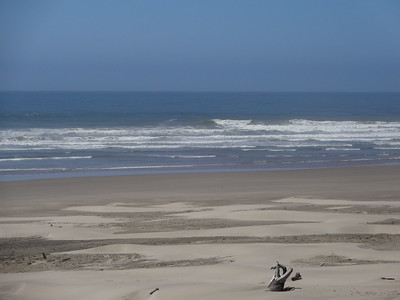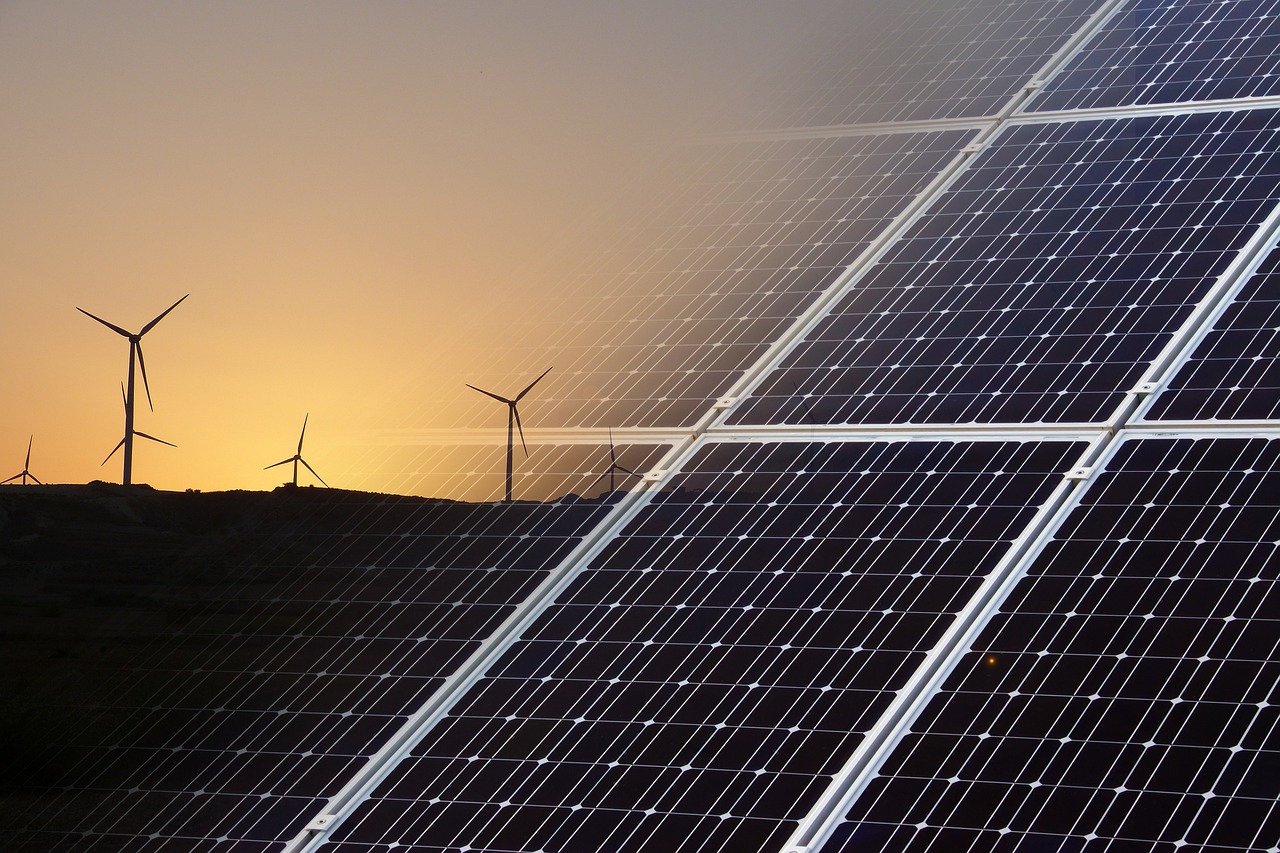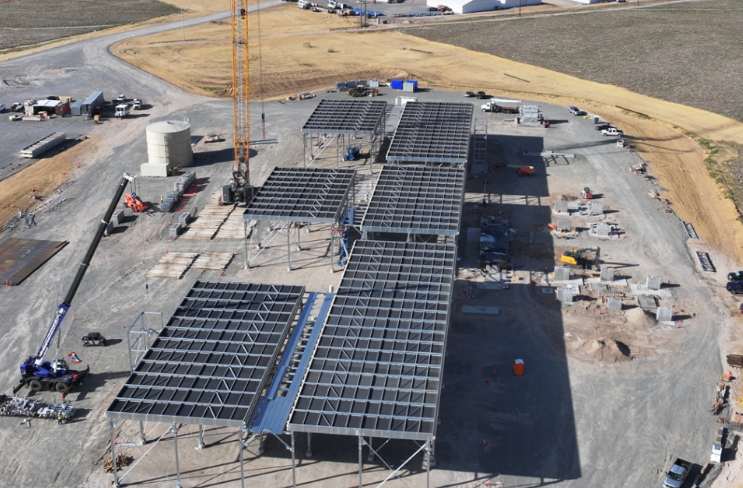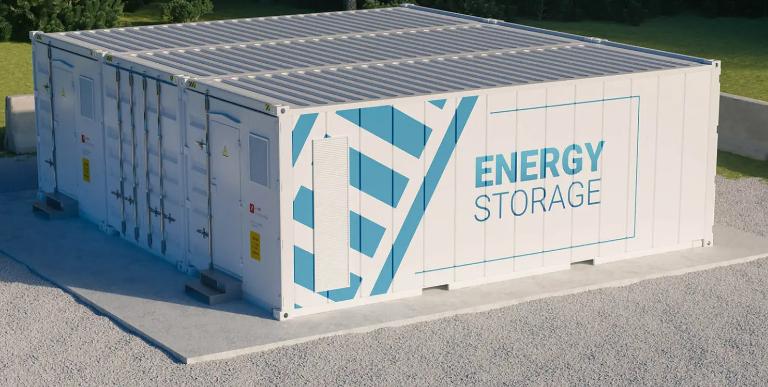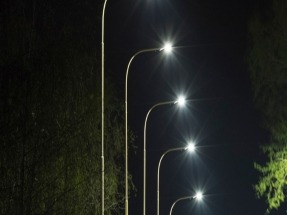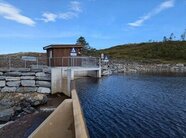Workers aboard a 265-foot vessel anchored just off the coast and additional crews at the recreation site will inspect and prepare cable conduits for next summer's planned installation of power and data cables.
“A mile sounds far, but the offshore support vessel Seacor Lee is a large ship, and it will appear very close,” said Burke Hales, PacWave's chief scientist and a professor in the OSU College of Earth, Ocean, and Atmospheric Sciences. “We just want to make sure people are aware of what's happening.”
To accommodate the work, portions of Driftwood Beach State Recreation Site parking lot will be closed beginning Aug. 4. Conditions permitting, the Seacor Lee is expected to arrive in Newport Aug. 7 and anchor off the coast shortly after that, Hales said.
Beach access and park restrooms will remain open at Driftwood, but parking may be limited and some larger recreational vehicles may not be able to turn around. Parking and beach access is available that Governor Patterson Memorial State Recreation Site 3 miles south of Driftwood Beach, Oregon Parks and Recreation Department officials said.
When completed, PacWave will offer wave energy developers the opportunity to try different technologies for harnessing the power of ocean waves and transmitting that energy to the local electrical grid.
The ocean test site will be on a sandy-bottomed stretch of the Pacific Ocean away from popular commercial and recreational fishing reefs about 7 miles off the coast of Newport. The site will have four test berths, which combined can accommodate up to 20 wave energy devices at any one time.
Power and data cables buried below the seafloor will connect the ocean test site to a shoreside facility in Seal Rock, south of Newport. Louisiana-based industrial electrical services contractor R.T. Casey is overseeing the procurement, construction and installation of the cables for PacWave, including the August work.
The cables, which are each about 12 miles long, are being manufactured in Norway by the Paris-based firm Nexans and are anticipated to be installed next summer. In preparation for the cable installation, crews this summer will be working in a vault under the parking lot of Driftwood Beach State Recreation Site, where the cable conduits begin, and about a mile offshore, where the conduits end.
When the cables are installed, they will run through the conduits from the shore, under the beach and out to sea, where they come up out of the seafloor about 1 mile out. From there, the cable will be buried just under the seafloor all the way out to the test site.
The Seacor Lee will be anchored near where the cable conduits come up from the seafloor, but the testing site, when completed, will be much farther out, noted PacWave Deputy Director Dan Hellin.
When conduits were installed in 2022, they were sealed. As part of the upcoming work, divers will open the ends of the conduits so they can be flushed and messenger lines – a type of wire used to help with the cable installation – can be installed. Doing this work now will make the cable installation go more quickly next year, Hellin said.
“We have nice weather and good conditions right now, so we want to take advantage and get the diving work done,” he said.
The work at Driftwood is expected to be completed by early September. Construction updates will be posted online at https://pacwaveenergy.org/constructionupdates/.
Once the work is complete, the vault at Driftwood will be resealed and the park fully reopened. The Seacor Lee is expected to remain in the region but further offshore for a couple additional weeks while crews conduct geotechnical testing and analysis in preparation for the cable laying and installation of the device anchors at the test site, Hales said.
Work is also underway on the shoreside utility connection and monitoring facility, which is expected to be substantially completed by the time the cable installation begins next year.
“They are making a lot of progress on that site,” Hellin said.
Oregon State has pursued development of a wave energy test facility for more than a decade to accelerate the development of this industry. There currently is no U.S. facility for developers to measure the electrical and environmental performance of their devices at this scale.
PacWave South is supported by grants from the U.S. Department of Energy, the state of Oregon and other public and private entities. Oregon State’s College of Earth, Ocean, and Atmospheric Sciences is managing the construction and operation of the more than $80 million facility.


